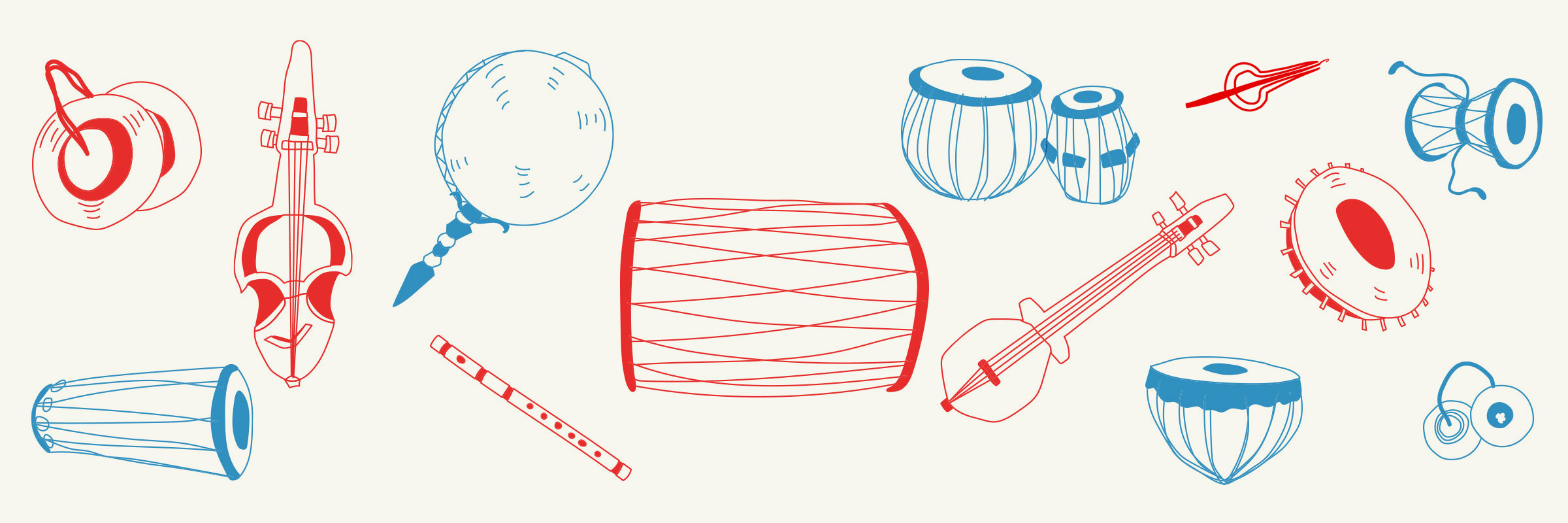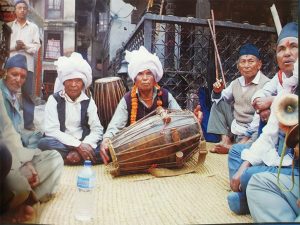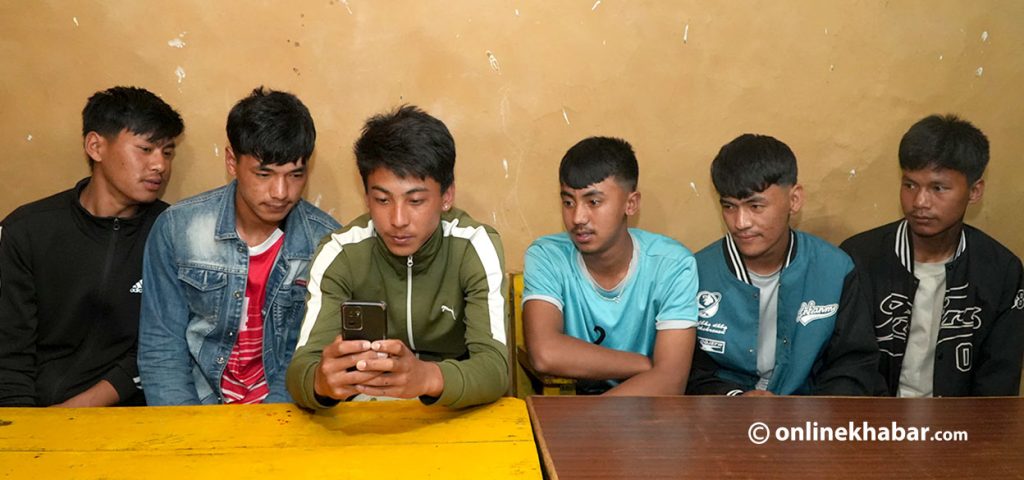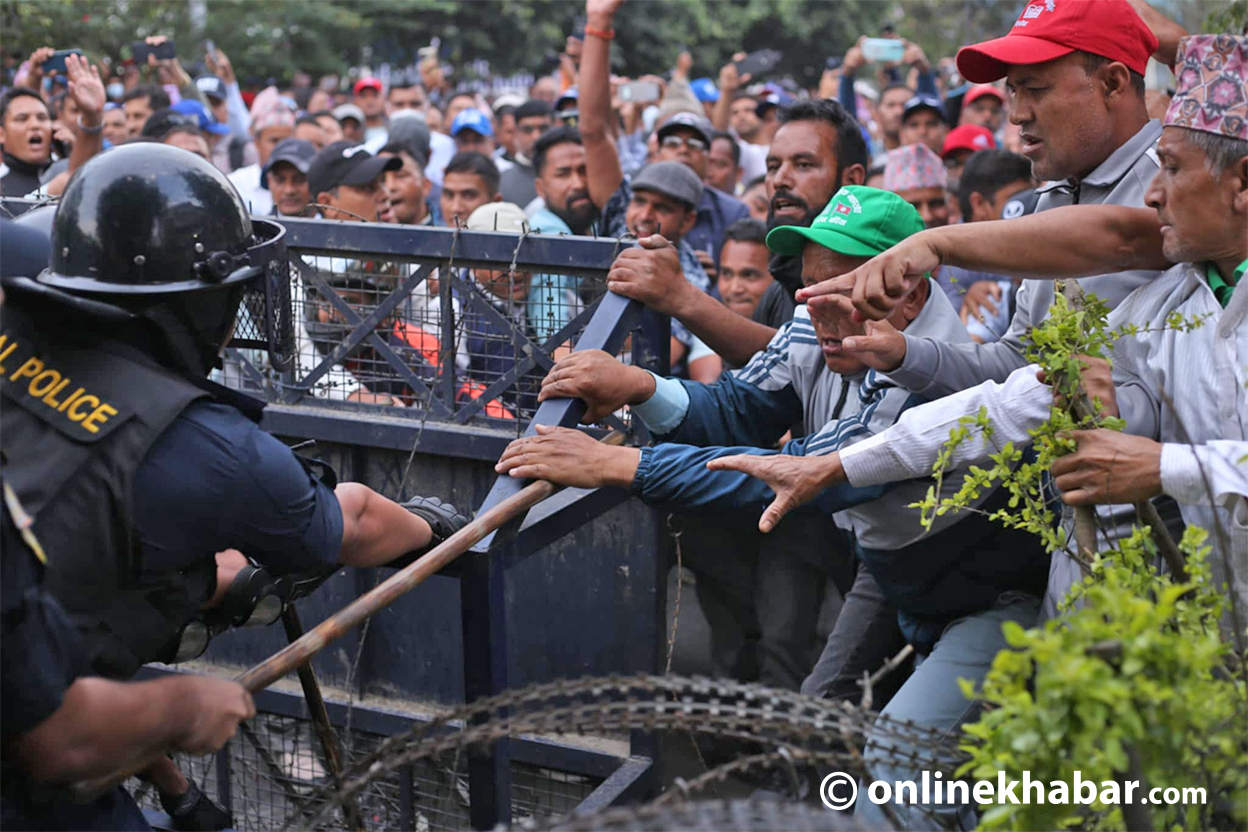Playing at the Bunte Republik Neustadt (BRN) festival in Dresden of Germany in 2016, Rizu Tuladhar, the bassist of Asian-fusion ensemble Kanta dAb dAb, was pleasantly surprised. Playing at a pathway in front of someone’s house, Tuladhar felt that something like this could be emulated in Nepal.
“We saw an entire neighbourhood take part in the festival. They put a stage on the pathway in front of their houses as the audience would be on the road listening, singing and immersing themselves in the festival,” says Tuladhar. “Kathmandu didn’t even need that, it already had dabalis that was meant for this very purpose.”
That gave him an idea to start something like that in Nepal. It was just after the 2015 earthquake and Kathmandu was on the course of rebuilding itself. Dresden, devastated by the Second World War, was in a sorry state too. After the fall of the Berlin Wall, the residents decided to do something to revive the place up a bit and started the BRN festival.
“I could relate to it a bit, which is why I sat down with musicians from my circle and decided to start an annual music festival Echoes in the Valley.”
The festival started with a simple goal — to uncover, revive and make relevant Nepal’s intangible heritage and disappearing sounds by showcasing local music, art, and performances of everyday rituals. In 2017, they transformed the streets of ‘core Kathmandu’ into a stage where musicians, both local and international, played to an enthusiastic crowd. In 2018 and 2019, the same happened with more vigour. But in 2020, the pandemic put a dent in their plans.
This year, however, things are going to be different. The festival, which would normally be held for two days when one would be for performance and one would be for a conference, will be held throughout the year and will be done virtually, say the organisers.
Continuity of encouraging past
Prior to doing Echoes in the Valley, Tuladhar and Kanta dAb dAb also conducted a ‘musician for musician’ programme which helped traditional musicians from Manamaiju, a village north of Kathmandu, restart their festivals. The programme saw musicians from Europe stay in the household, learn from them and then play along with them.
“Locals thanked us and told us how we had shown them what they were capable of,” says Tuladhar. “Even young boys and girls started pay attention to traditional instruments along with western ones.”
“We wanted to protect our musical heritage in the same manner people of Finland preserved the fiddle through the Kaustinen Folk Music Festival.”
Since then, Tuladhar, along with a team of musicians that included ethnomusicology pedagogs, has conducted the music festival in 2017, 2018 and 2019. The festival in these years has seen a lot of participation from both Nepal and abroad. In 2020, however, due to the Covid-19 pandemic, they did not host one. However, this year, they are more than making up for it.
With the virus still prevalent, the team has decided to host this year’s festival digitally. Unlike other years, it is going to run for an entire year as it will focus on helping upcoming artists, promoting traditional musicians from outside Kathmandu, bringing Nepali musicians in the diaspora together, a conference which will discuss the five music rights and finally offering a fellowship to promising artists.
“Unlike other years, we have not restricted it to traditional and fusion folk. The festival is open to all,” says Tuladhar.
“Right now, due to the coronavirus, we don’t feel it is ethically correct to do it physically. While a lot of doors have been shut for us, this has also brought us a lot of opportunities.”
Highlights this year
The first month of the festival will focus on students and new musicians who will showcase their talent. These artists have been chosen after the organisers called for an application. Then, they have planned something quite extravagant as they plan to bring Nepali musicians spread across the world to come and do a small performance.
“This was the best chance we had to do this,” he says. “If we had to call all of them to Nepal, it would have been impossible. Doing this virtually has given us that chance.”
He says that these musicians too will not be solely from the traditional and folk background as he expects metal bands and rappers, all to be part of this project.
The festival will also have a conference where a discussion will be held on the five music rights especially about recognition and fair remuneration for their work.
“This is an important topic which needs to be addressed, especially here in Nepal,” says Tuladhar, who adds that David Grosso, the project manager of the International Music Council, will be the keynote speaker for the event.
There is also a plan for an Echoes fund, a need-based charity fund that aims to help two students, one from Kathmandu University School of Music and one from Kathmandu Jazz Conservatory.
“Our hope is to collect a substantial fund which will be donated to these two students equally,” he says.
Finally, a fellowship is also under work. Titled Kaleidoscope, the six-month fellowship will help groom at least two upcoming artists who will be put through a rigorous process that will give them an experience of being a professional musician.
“We start off with a month’s mentorship to see how far that person can go. A musician from the industry, who the artist aligns with, will be assigned to them.”
During that time, the newcomers’ musical taste and their style will also be assessed to see how to shape that person into a musician.
“We want them to be original, not a copy of someone else.”
Then, there is a residency in place, in which the artists will stay at a house for a month to work on his/her composition along with teaching him/her how to build an artist profile. The final process in the fellowship is recording when the artist will be given only six hours to record the song.
“We want to put them in a situation where they should be able to do it fast as the recording is very expensive. Want them to train them so that in the future, it’s not that hard.”
Another thing in the pipeline, according to Tuladhar, is the digitisation of research materials which will be available by 2022.
You can watch Echoes in the valley on YouTube, Twitch and Facebook.























